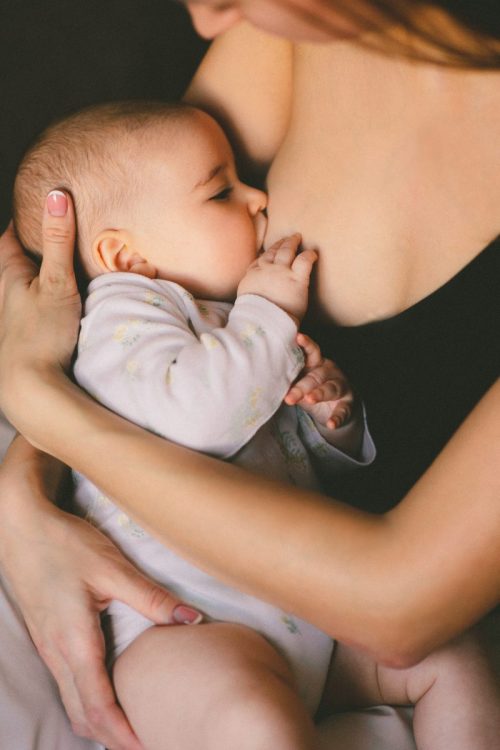The Ministry of Health has raised concern over the decrease of breastfeeding as more young mothers opt to bottle-feed their infants for the first 24 months.
According to the Ministry’s records, there has been a sharp rise of bottle-feeding mothers by more than 10 per cent with the current rate being three in every 10 infants compared to breast-feeding which has remained relatively constant.
“Kenya, despite efforts, did not record significant changes in breastfeeding rates as early initiation and exclusive breastfeeding rates slightly declined to 60 per cent from 62 per cent and 61 per cent respectively. Moreover, bottle feeding increased from 22 to 34 per cent,” the Ministry said in its World Breastfeeding Week statement.
Kenya’s greatest undoing in the push for adequate breastfeeding among mothers has been the poor implementation of legislation regulating breast milk substitutes.
Ministry of Health said that the violation of the code of marketing of breastmilk substitutes has exacerbated the situation, especially with rapid urbanization and westernization in the country.
Hampering breastfeeding
“Aggressive marketing of breastmilk substitutes hampers breastfeeding practices. The 2023 Lancet Series estimates that Commercial Milk Formula (CMF) generates profits of up to US$55.6 billion annually, with inadequate maternity protection being identified as a factor perpetuating the growth of these industries,” the document read in part.
As is the case with many middle-income countries, Kenyan mothers continue to experience challenges that hinder breastfeeding their children, spanning from individual to structural levels, as per the social ecological model of health.
“One in three children in low- to middle-income countries receives prelacteal feeds, including breastmilk substitutes, during the initial three days of life. These barriers deprive children of vital breastfeeding-associated benefits, including malnutrition prevention,” the ministry stated.
Inadequate support
Other challenges that are hindering optimal breastfeeding practices among mothers include, inadequate support for breastfeeding mothers in workplaces, marketing of breast milk substitutes, and limited awareness about the benefits of breastfeeding.
The ministry also cited factors such as poor health, family, and community support systems as the causes hampering government efforts to support breastfeeding.
Additionally the ministry stated that supporting specific groups such as teenage mothers, breastfeeding mothers in prisons and institutions, mothers affected by emergencies, and breastfeeding mothers with disabilities is crucial.
“These groups often face additional barriers to breastfeeding due to their unique circumstances. For example, teenage mothers may have limited access to adequate healthcare and support networks, while breastfeeding mothers in prisons and institutions may face logistical challenges in maintaining breastfeeding practices,” it said in the document.
“Mothers affected by emergencies may experience disruptions in breastfeeding due to displacement or lack of access to resources, while breastfeeding mothers with disabilities may encounter physical or social barriers to breastfeeding.”
Population statistics have indicated that 15 per cent of adolescent girls between the age 15 to 19 years have been pregnant at least once.
The highest rates of teenage pregnancy were reported in Samburu with 50 per cent, West Pokot with 36 per cent, Marsabit with 29 per cent and Narok with 28 per cent.
In Meru 24 per cent of girls in the age group were teenage mother, Homa Bay and Migori recorded 23 per cent each, Kajiado had 22 per cent closely followed by Siaya and Baringo with 21 and 20 per cent respectively while the lowest numbers were registered in Nyeri and Nyandarua with five per cent each.
“To support breastfeeding among vulnerable groups, tailored interventions and policies are needed. This includes investing in creating breastfeeding-friendly environments in communities, workplaces and institutions, enhancing access to healthcare services and support networks for teenage mothers, implementing strategies to protect and support breastfeeding during emergencies, and removing physical and social barriers to breastfeeding for mothers with disabilities,” the ministry emphasized.
Global health organizations recommend initiating breastfeeding within the first hour of birth and exclusively breastfeeding for the first six months, with continued breastfeeding recommended for up to two years or beyond, since breast milk contains all necessary nutrients for a child’s first six months of life.



















